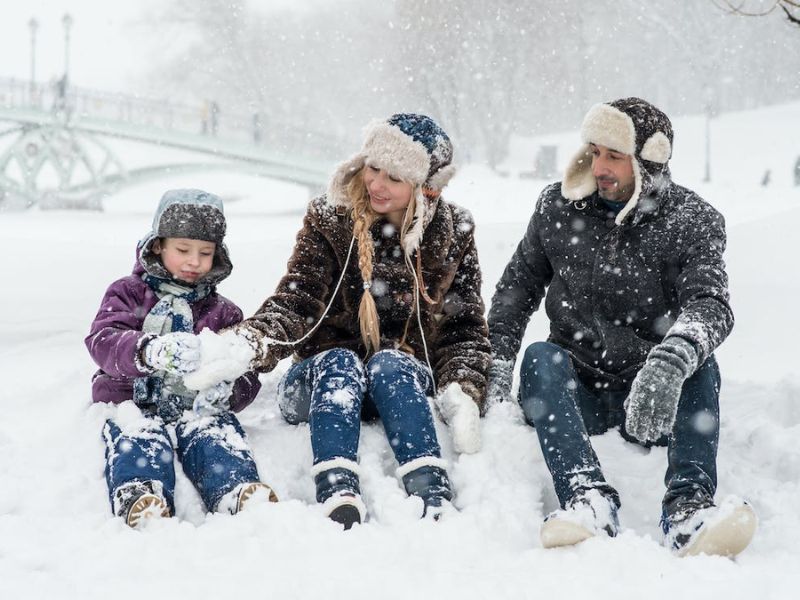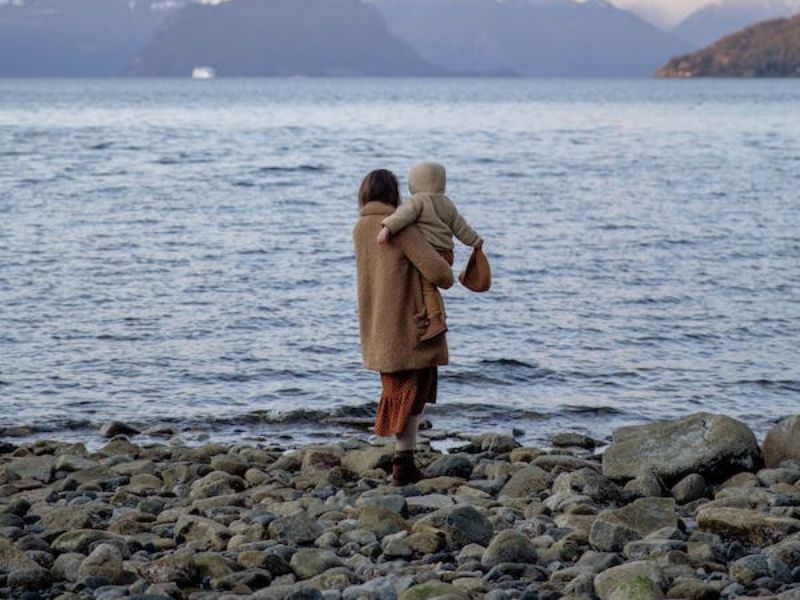Extreme weather events, such as hurricanes, tornadoes, floods, and wildfires, can be frightening and confusing for children. As responsible adults, it is essential to have open and honest conversations with kids about these occurrences to help them understand and cope with their fears. Here are some tips on how to talk to kids about extreme weather:
Start With Age-Appropriate Information
When discussing extreme weather, tailor the information to your child’s age and level of understanding. Use simple language and avoid overwhelming them with technical details. Younger children may benefit from visual aids like pictures or drawings to help them grasp the concepts.

Image Credit: Pexels/Vika Glitter
Provide Reassurance
Reassure your child that they are safe and that there are measures in place to protect them during extreme weather events. Explain the role of meteorologists and emergency services and how communities work together to keep everyone secure. Emphasize that while severe weather can be scary, steps are taken to minimize its impact.
Encourage Questions
Create a safe and open space for your child to ask questions about extreme weather. Answer their queries honestly and acknowledge their concerns. If you don’t have all the answers, offer to research together or consult trusted sources to find accurate information.

Image Credit: Pexels/Tatiana Syrikova
Focus On Preparedness
Teach your child about preparedness and the importance of having an emergency plan. Involve them in discussions about assembling a disaster kit, creating a family emergency contact list, and practicing drills for different scenarios. By involving them in the process, you empower them to feel more in control.
Highlight The Importance Of Climate Change
Depending on your child’s age, introduce the concept of climate change in a way they can understand. Explain how human activities can impact the climate and contribute to extreme weather events. Motivate them to make a difference by taking small steps, such as conserving energy and practicing recycling, to contribute to environmental protection.